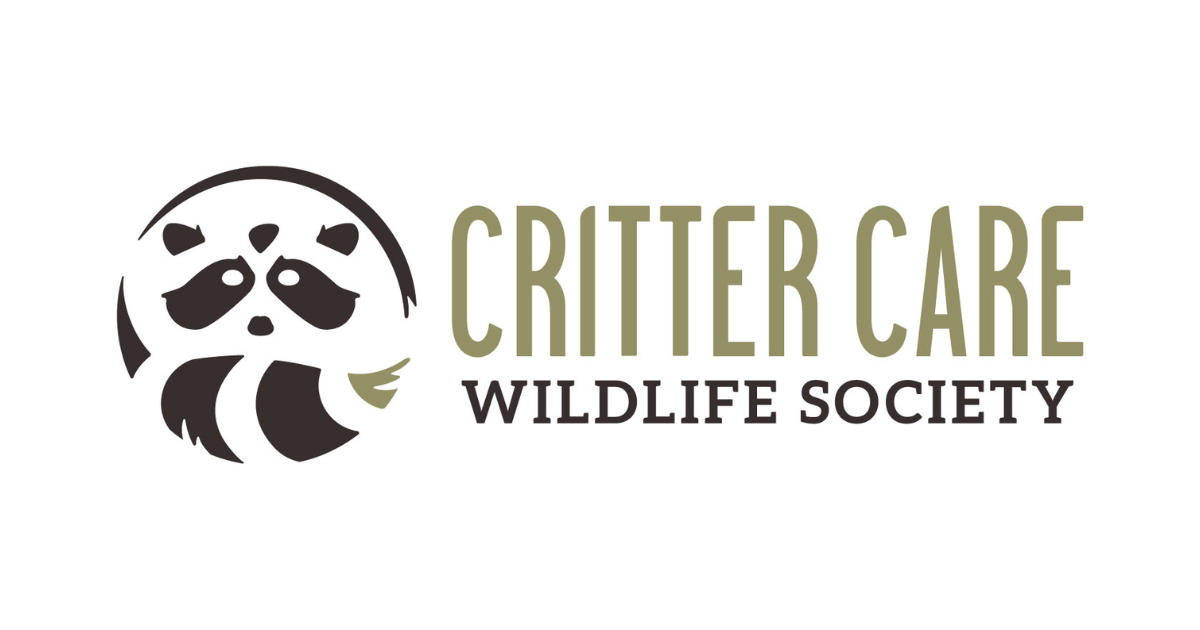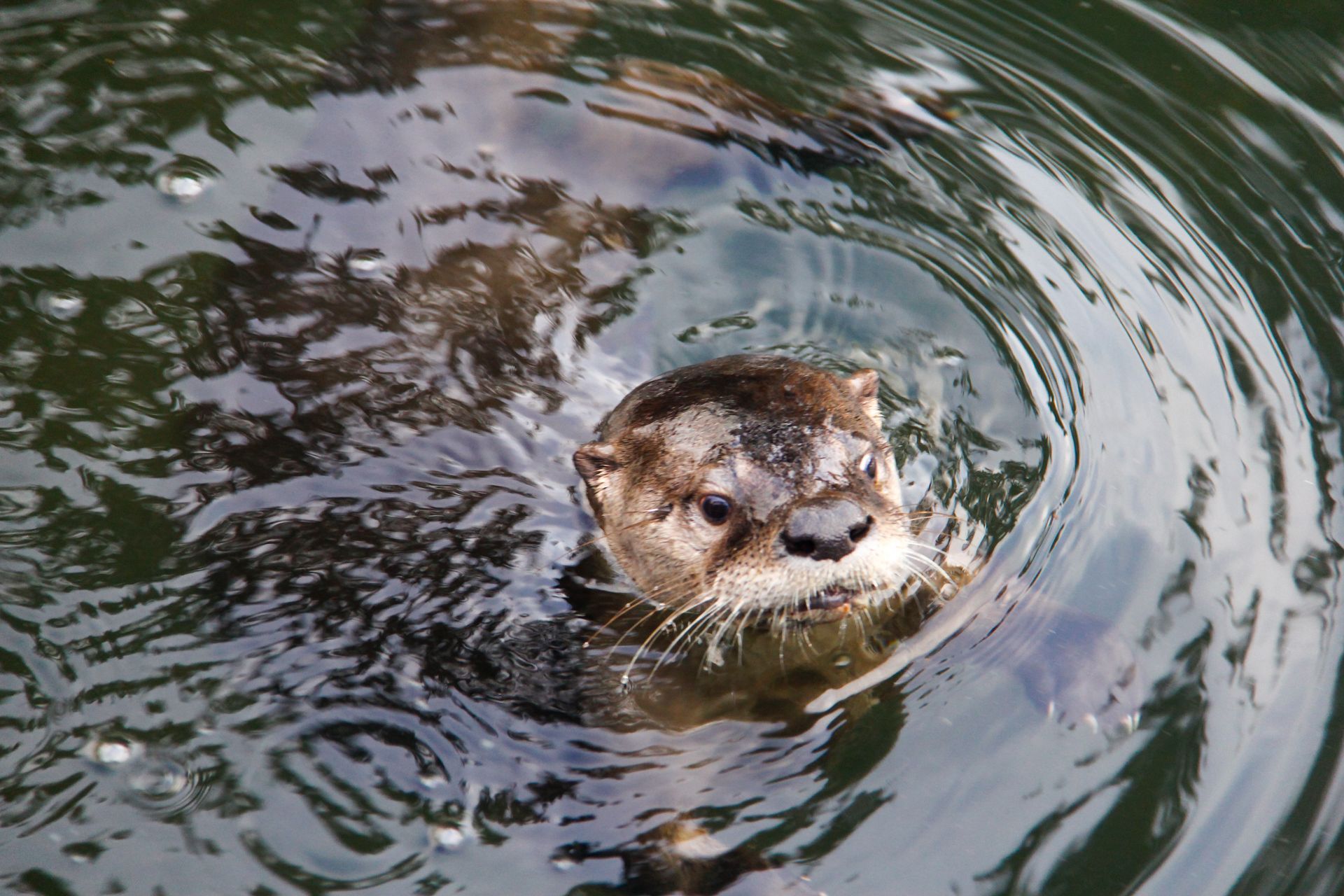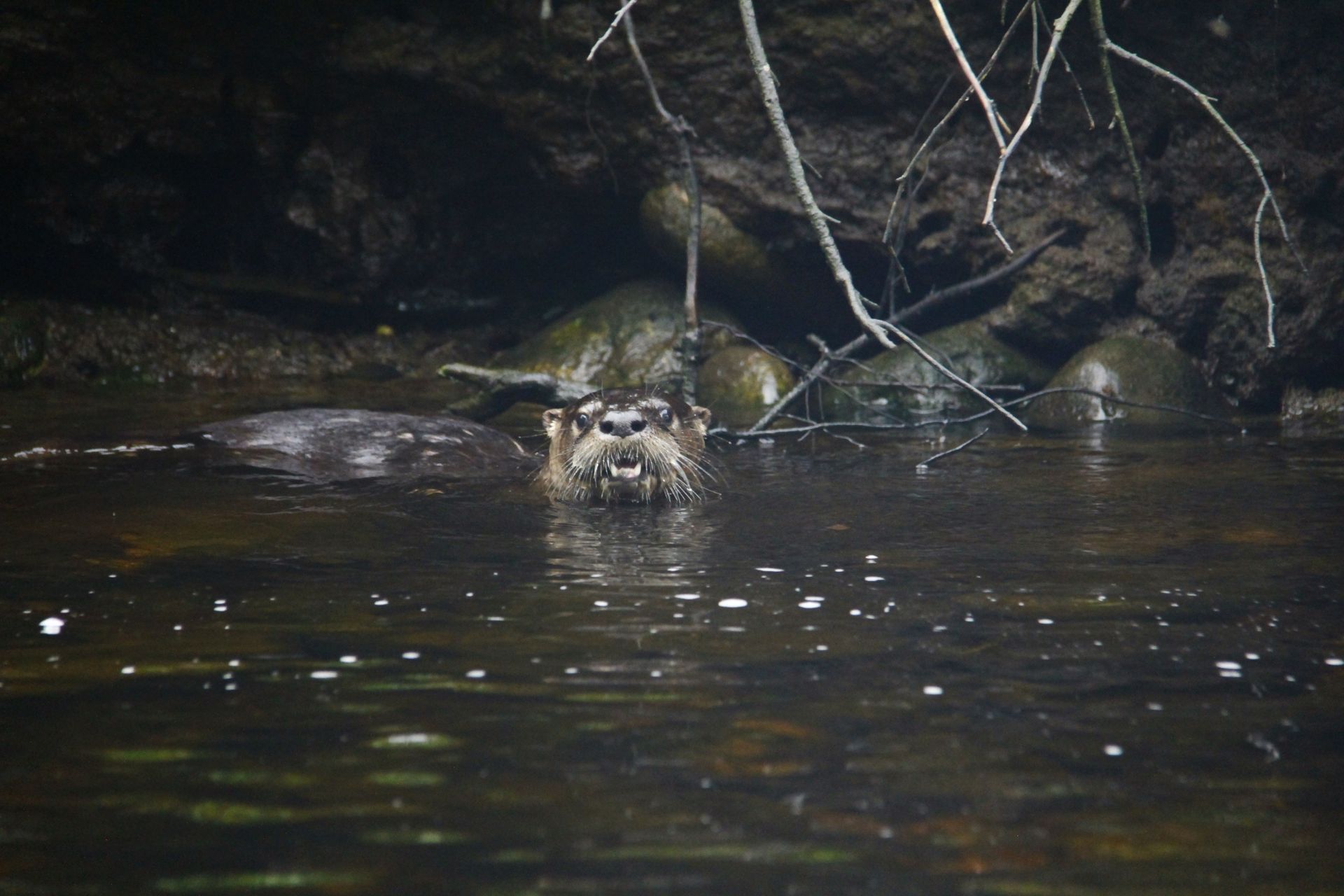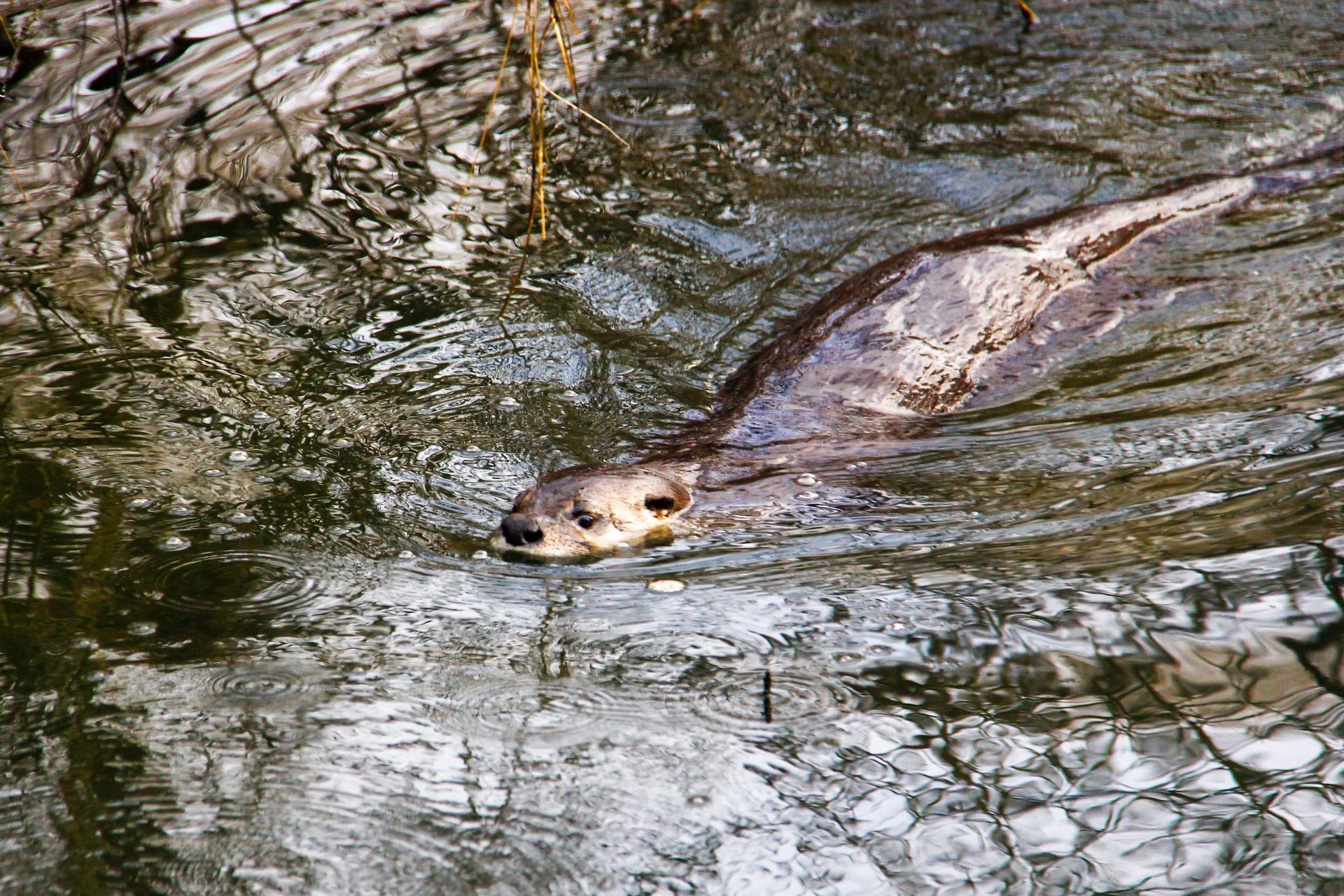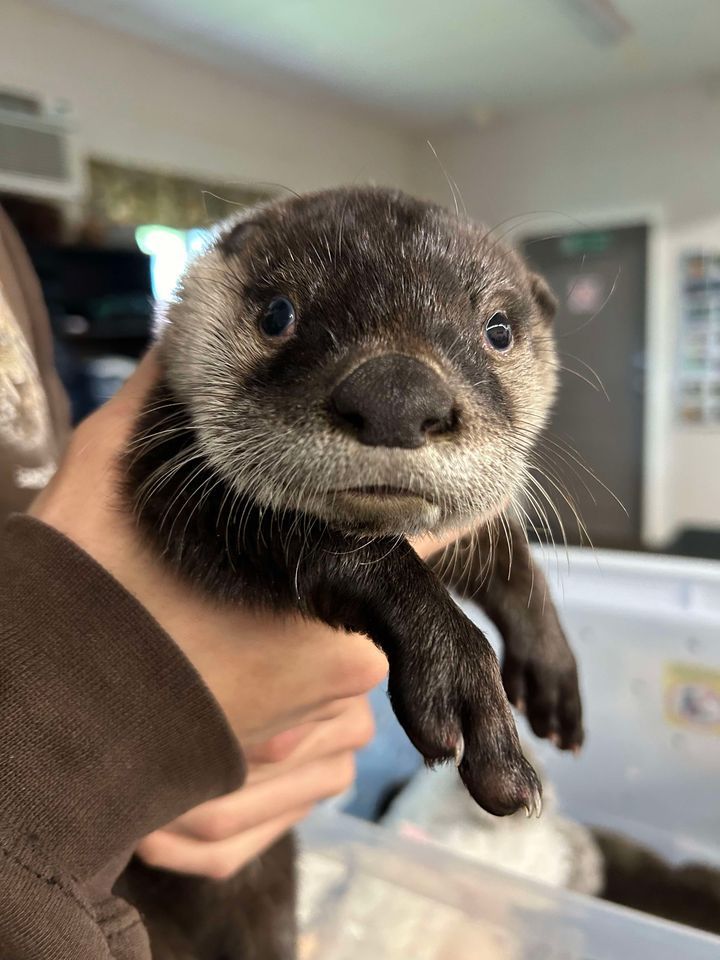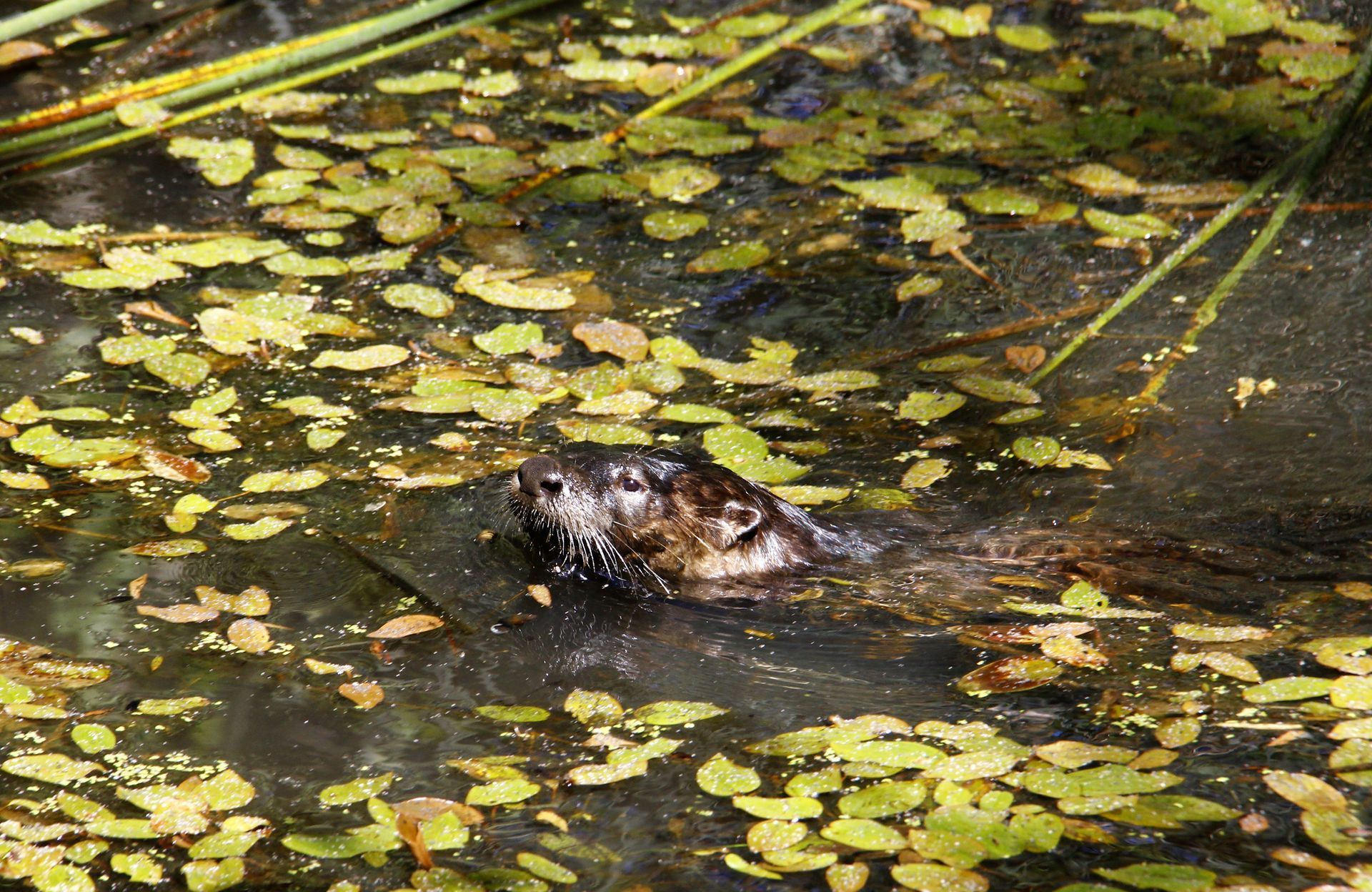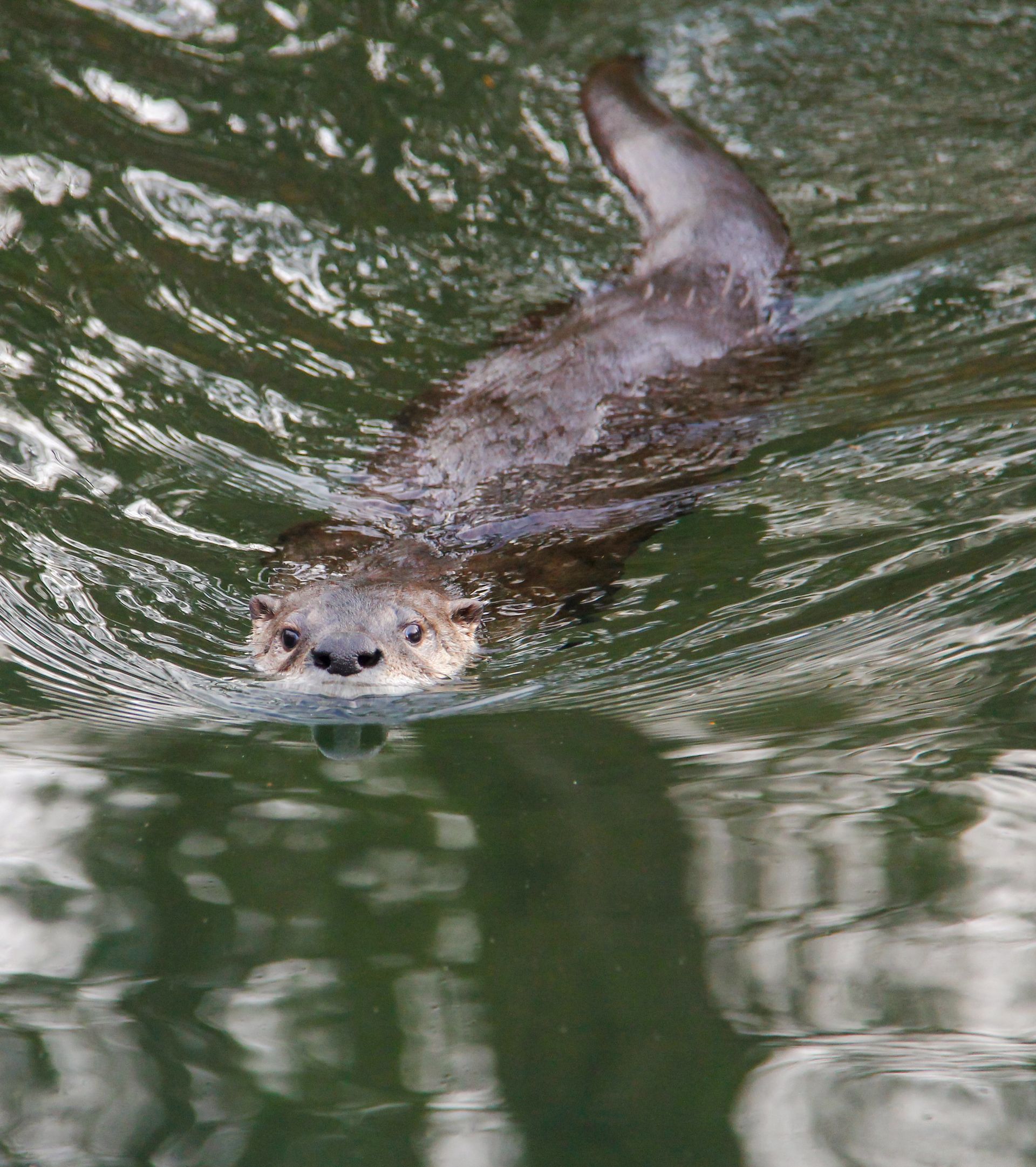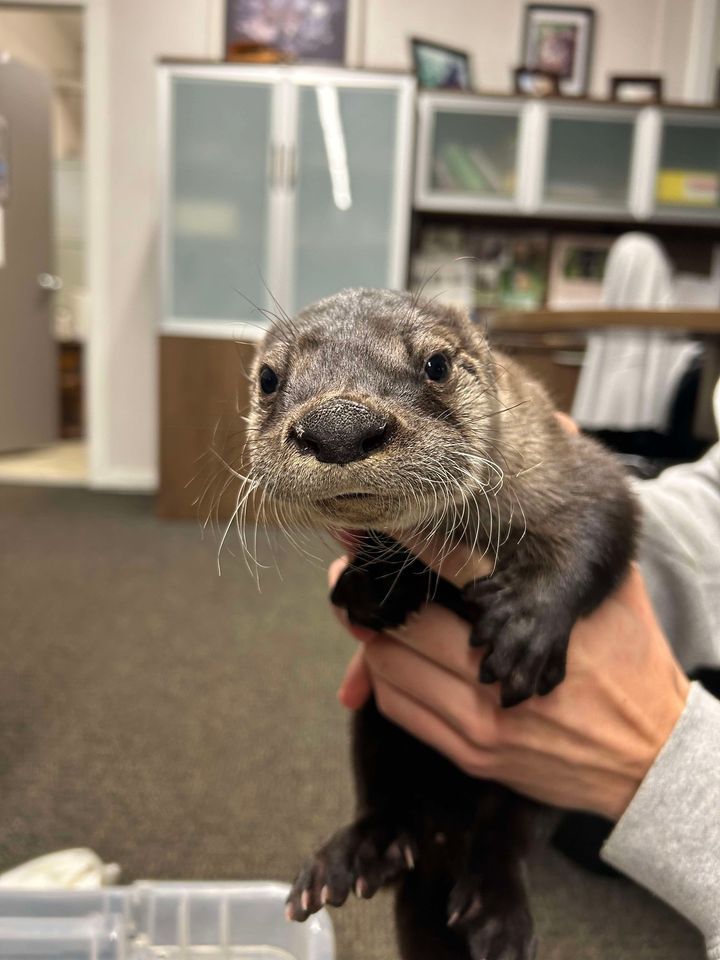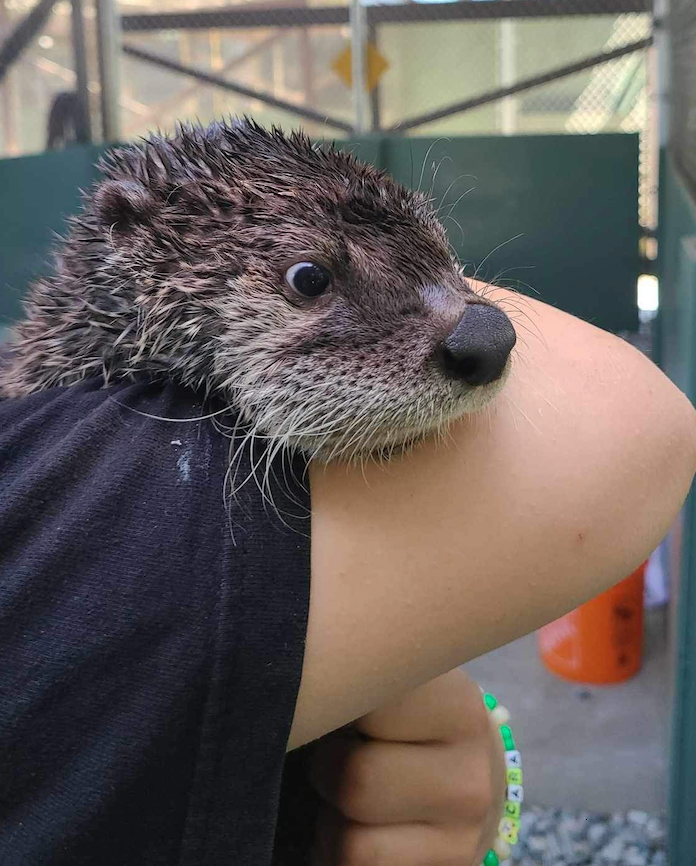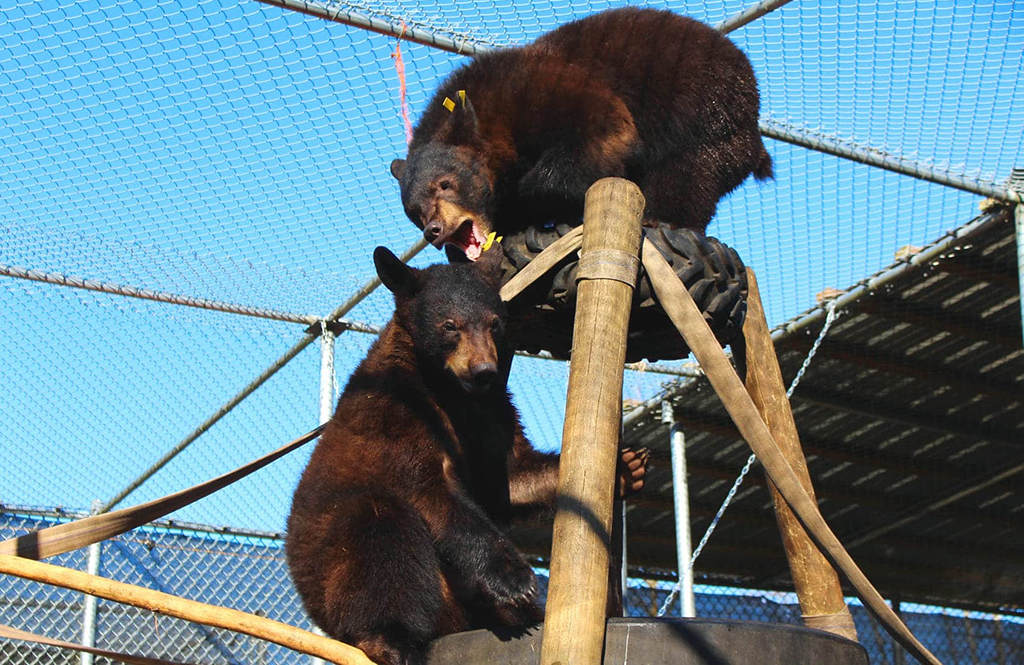Otters: Where Do They Live, What Do They Eat, and How to Identify Them
Otters are fascinating animals that captivate many with their playful behaviour and unique adaptations. As semi-aquatic mammals, otters have evolved to thrive both in water and on land. There are 13 species of otters found around the world, each with distinct characteristics. This article will explore their habitats, diets, and how you can identify them, along with other interesting facts about their lives.
How Do Otters Stay Warm?
One of the most impressive features of otters is their ability to stay warm in cold environments. Otters have incredibly dense fur, which acts as a natural insulation. In fact, sea otters possess the thickest fur of any mammal, with up to a million hairs per square inch! This dense fur traps air between the hairs, creating a layer of warmth that helps them survive in cold waters. Unlike many marine mammals that rely on blubber, otters depend solely on their fur to keep warm. They are constantly grooming themselves to maintain its insulating properties, ensuring the fur remains waterproof and effective in trapping heat.
What is an Otter's Home Called?
Otters are excellent builders and live in dens known as "holts." These holts are typically found near water sources such as rivers, lakes, or coastal areas. Holts can be natural burrows or dug into riverbanks, under tree roots, or even in hollowed-out spaces. Some otters will also use abandoned dens from other animals, like beavers. These homes provide shelter from predators and serve as safe places to raise their young. Holts often have multiple entrances, including one underwater, allowing otters to slip in and out unseen by potential predators.
Why Are Otters Endangered?
Sadly, many otter species are endangered or at risk due to various human activities.
Habitat loss is a major factor. As humans expand into natural areas, wetlands and rivers—prime otter habitats—are destroyed or polluted. Industrial waste, agricultural runoff, and oil spills contaminate the water, making it difficult for otters to find clean, safe environments to live in. Additionally, hunting and poaching have caused significant declines in otter populations. Otters have historically been hunted for their luxurious fur, which was highly prized. Although conservation efforts have helped protect some species, others remain vulnerable.
What is a Group of Otters Called?
Otters are often solitary animals, but they do gather in groups from time to time. These groups have special names depending on where the otters are. A group of otters in the water is called a "raft." Rafts are most commonly associated with sea otters, which are known to hold hands with one another to stay together while floating. On land, a group of otters is referred to as a "romp" or "lodge." These social gatherings are typically family units, where the mother raises
her cubs. The sight of otters playing together on land or floating in a raft in the water is truly a heartwarming experience.
How Fast Can Otters Swim?
Otters are built for speed in the water. Their streamlined bodies and powerful tails allow them to swim swiftly and gracefully. The giant otter, which is native to the Amazon River, can reach speeds of up to 14 kilometers per hour (kph). North American river otters are slightly slower, reaching about 11 kph. Although sea otters tend to swim at a more leisurely pace, they are extremely agile in the water, using their webbed feet for propulsion and their bodies to glide through the water. When necessary, they can reach speeds of around 9 kph.
What Do Otters Eat?
As carnivorous animals, otters are skilled hunters. Their diet largely depends on their habitat. River otters typically feed on fish, amphibians, and small aquatic animals like crayfish. Sea otters, on the other hand, have a unique diet that includes hard-shelled marine invertebrates such as clams, mussels, and crabs. Sea otters are known to use tools like rocks to crack open the shells of their prey, showcasing their intelligence and problem-solving skills. An adult sea otter can eat up to 11 kilograms of food each day to maintain its high metabolism, which is essential for staying warm in cold ocean waters.
Where Do Otters Live?
Otters are found in a wide range of habitats around the world. They live in freshwater environments such as rivers, lakes, and wetlands, as well as coastal areas. Some otter species, like the sea otter, are exclusively marine and live in the coastal waters of the North Pacific Ocean. Otters are incredibly adaptable and can be found on every continent except, Australia and Antarctica. In places where they have faced population declines, reintroduction programs have helped restore otter populations to their former ranges.
Native Habitat
Each otter species has its preferred habitat. River otters live in freshwater rivers, lakes, and marshes, while sea otters are confined to coastal waters. Some species, like the giant otter, thrive in the dense, forested areas of the Amazon, while others, like the European otter,
can be found in rivers across the continent. Otters are highly dependent on clean, unpolluted water to survive, making them vulnerable to environmental changes.
Communication
Otters are social animals that use a variety of vocalizations, body language, and scent marking to communicate with each other. They can make chirps, growls, whistles, and even screams, depending on the situation. Scent marking is particularly important for establishing territory and attracting mates.
Food/Eating Habits
Otters are opportunistic feeders, meaning they eat whatever is available in their environment. They primarily hunt for fish, but their diet can include a wide range of aquatic creatures.
Sea otters are especially known for their ability to eat marine invertebrates, using their dexterous paws and tools to crack open shells.
Social Structure
Otters are generally solitary animals, but they do form social groups in certain species. Sea otters are known for forming large rafts, sometimes containing hundreds of individuals. These social structures help otters stay safe from predators and share resources.
Reproduction and Development
Otters usually give birth to litters of one to three cubs, depending on the species. The cubs are born blind and helpless, relying on their mother for warmth, protection, and food.
The mother raises the cubs in the holt, and after a few months, they begin to learn how
to swim and hunt.
Fun Facts:
- Otters are one of the few non-human animals that use tools.
- Sea otters hold hands to prevent drifting apart while sleeping in the water.
- Otters have a favorite rock they use to crack open their food, often keeping it in a special pouch under their arm.
Conservation
Despite their playful appearance, many otter species face serious threats. Conservation efforts, including habitat restoration and anti-poaching laws, have helped some species recover. However, otters remain at risk from pollution, habitat loss, and illegal hunting in many parts of the world.
